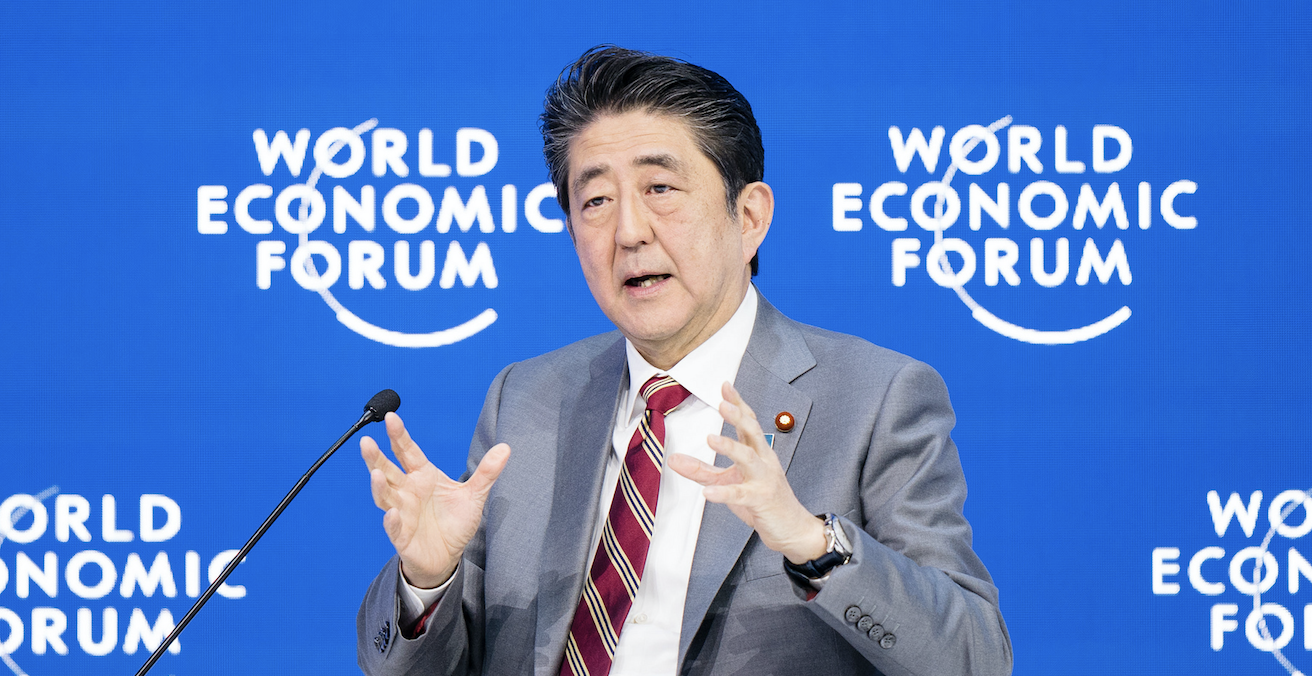Japanese Immigration: A High Stakes Gamble

Prime Minister Shinzo Abe will relax Japan’s immigration policy from 1 April to attract foreign workers. While the quotas for the two new visa categories are low by global standards, the demographic realities in Japan mean they may soon open the door for further immigration reform.
The past two years has seen considerable changes in US foreign policy priorities and engagements. Such drastic shifts have undoubtedly had their fair share of criticism. For traditional US allies, it has been a challenge, to say the least, to keep up with and adjust their own policies in light of the new realities in Washington. Throughout the upheaval, however, Japan has largely been in line with President Trump’s policies on the security front. But when it comes to economic issues, there has been a growing divide, most notably on the trade front. While the White House has broadly eschewed multilateralism and made abandoning the Trans-Pacific Partnership free trade agreement one of the first policies it undertook, Japan has been instrumental in ensuring that the deal continued to thrive even without the United States. Meanwhile, trade relations between Japan and the United States are likely to grow as the two sides begin negotiations in earnest to reach a bilateral trade deal for the first time, with the automobile sector being the biggest thorn to coming to an agreement.
Still, it is on the issue of immigration that there is a widening gap between Tokyo and Washington. When it comes to migration, the difference between the two countries to date cannot be more different. Whatever steps the Trump administration may take to curtail the flow of immigration, the fact remains that the history of the United States is a history of immigration, not unlike Australia. In Japan, on the other hand, immigration has had a limited role in shaping Japan’s history, albeit not as limited as the mainstream view may make it seem to be. After all, Japan’s demographic make-up has never been as homogenous as the country may claim it is, and it certainly is more diverse today than it ever has been. Looking ahead, while the Trump administration looks to stem the tide of immigration, Japan is finally opening its doors to more migration, albeit only by a crack. Yet Japan is clearly bucking the US and European trends of saying no to immigration outright and begrudgingly acknowledging that it can no longer expect to function without resorting to more foreign labor.
It is a tremendous gamble for Prime Minister Shinzo Abe, even though Japan’s foray into accepting more foreigners is a small step by standards in other industrialized countries. In fact, Abe has repeatedly said in the Japanese Diet that the decision to accept more foreigners, which was made late last year, is not an immigration policy per se, but rather a policy to accept more workers outside of Japan’s borders. To be sure, accepting up to 345,000 workers in a country with a population of 127 million people is hardly a seismic shift in itself. Yet there is a tacit understanding that once the policy comes into effect on 1 April, the economic realities may well require far more workers to be encouraged to enter Japan.
After all, the numbers make it all too clear that Japan cannot continue to provide as high a standard of living to its citizen without more people coming in to take on jobs that are not as attractive to the younger generation of Japanese workers, especially in construction and healthcare. The population of the nation is expected to shrink to 100 million by 2050, and over a quarter of Japanese nationals are projected to be over 65 years old within the next two decades. There have been concerted efforts by Abe over the past six years to encourage more women to enter and remain in the workforce, but that has only had a limited impact on meeting the severe crunch in workforce size moving forward. Hence, the need for one of the world’s most immigrant-averse nations to turn to the help of foreign workers.
To meet the labor shortage on the one hand and to maintain tight control on demographic balance on the other, two visa categories will be available. The first will be for less-skilled workers who will be allowed into the country for up to five years, but without family members. The second category will be for more skilled workers who will be allowed in for up to 10 years and also be allowed to bring family members with them. The latter category could also be extended, and so the workers could de facto become permanent residents.
But what Japan needs as much as foreigners to make up the labor shortage is more flexibility in the workplace, greater diversity in the executive suite, and most importantly, more people to contribute to the innovation economy that can only be possible through more openness. One of the benefits of having more foreigners in the workforce at the lower level will be to have staff for childcare and elderly care, which in turn would allow more professional women to contribute to the workplace. While more Japanese women have been encouraged to re-enter the workforce, they are more often than not hired as part-time workers and are far removed from positions of leadership. By having more support at home through foreign workers, more women should be able to work full-time and climb up the corporate ladder. More women in the workplace could also lead to a much-needed change in workplace practices, not least long working days driven more by habit rather than necessity. At the same time, more Japanese people having foreigners as neighbors, colleagues and classmates – and the greater exposure to different perspectives that comes with this – will undoubtedly contribute to the true “internationalisation” that so many Japanese people value.
Opening the doors of immigration, if only begrudgingly and only by a sliver, could nonetheless be the kind of pressure for broader social structural reform that could ultimately strengthen Japan’s competitiveness in the longer term. Should Japan succeed in balancing its own economic needs through migration and also handle the challenge of ensuring acceptance as well as an appreciation of immigrants, it may well become the role model for other East Asian nations facing similar demographics issues.
Shihoko Goto is deputy director for geo-economics with the Wilson Center’s Asia Program and senior associate for Northeast Asia. She is also a contributing editor to The Globalist and a Japan Times columnist. Previously, she was a financial journalist with Dow Jones News Service and United Press International. She was also a donor country relations officer with the World Bank. She has a BA in modern history from Trinity College, University of Oxford and an MA in international political theory from Waseda University.
This article is published under a Creative Commons License and may be republished with attribution.





